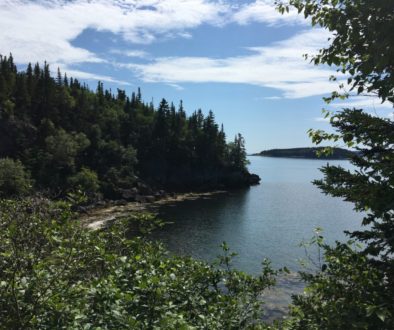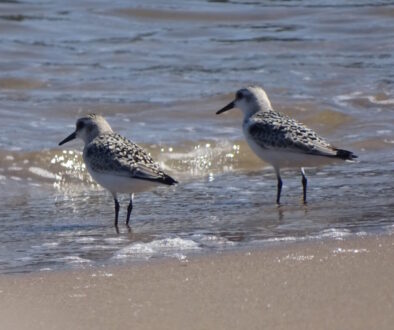New crown forest management plan a step backwards for New Brunswick environment and industry
New crown forest management plan a step backwards for New Brunswick environment and industry
Fredericton – The Canadian Parks and Wilderness Society (CPAWS) is extremely disappointed with the New Brunswick government’s announcement today of a new direction for public forest management and is calling on government to make changes.
“This direction is a step backwards for the environment and for the future of New Brunswick’s forest products in the market place. It’s out of line with the direction of every other jurisdiction in Canada to improve forest conservation. It’s also out of step with the changes we need in forest management to address climate change,” says Roberta Clowater, Executive Director of CPAWS’ New Brunswick chapter.
Unless the strategy is changed, it will lead to a decrease in the amount of forests that are conserved. It will also lead to a significant loss of old forests and a 45{a3162b1395e34f5bc6dd788a255c8e2a209e2a614c3b42176989b624267eff88} reduction in forests managed for wildlife habitat.
Under the strategy, tree plantations will increase from 8{a3162b1395e34f5bc6dd788a255c8e2a209e2a614c3b42176989b624267eff88} to over one-quarter of the forest — well above the upper limit considered safe by conservation scientists for preserving biodiversity.
“The government appears to have rejected the strong environmental values expressed by a large proportion of the public during recent consultations. If we are going to conserve biodiversity in New Brunswick, we need to create a comprehensive network of protected areas – comprising more than 10{a3162b1395e34f5bc6dd788a255c8e2a209e2a614c3b42176989b624267eff88} of the public forest.
“The government’s vague goal of raising the amount of protected forest from 4{a3162b1395e34f5bc6dd788a255c8e2a209e2a614c3b42176989b624267eff88} to between 6{a3162b1395e34f5bc6dd788a255c8e2a209e2a614c3b42176989b624267eff88} and 8{a3162b1395e34f5bc6dd788a255c8e2a209e2a614c3b42176989b624267eff88} of the province continues to place New Brunswick behind the rest of Canada,” says Clowater.
“I have no doubt that this new forest management regime will do little to increase sales for New Brunswick products in international markets. Increasingly, these markets are seeking products that can prove their links to environmental sustainability and progressive forest conservation,” adds Aran O’Carroll, CPAWS National Manager of Legal and Regulatory Affairs.
Clowater states, “CPAWS wants to work with industry to reverse this unfortunate decision by government. Our aim is to work with government and industry to conserve our forests and ensure a stable footing for our province’s products in the marketplace. This new forest management strategy will not help us achieve these goals.”
Less than 3.5{a3162b1395e34f5bc6dd788a255c8e2a209e2a614c3b42176989b624267eff88} of New Brunswick is permanently protected, placing it dead last among Canada’s provinces. The proportion of New Brunswick forests certified under the Forest Stewardship Council – the international gold standard in recognizing responsibly managed forests – is second to last in Canada.
CPAWS’ goal is that Canada will protect biodiversity in its eastern woodlands, covering New Brunswick, Nova Scotia, Quebec and Ontario, through creation of a comprehensive network of protected areas and carefully managed industrial activities.


